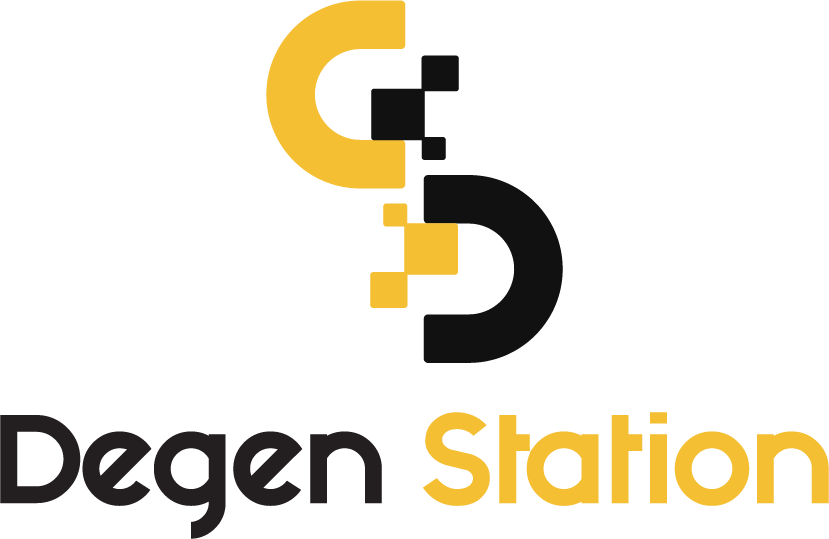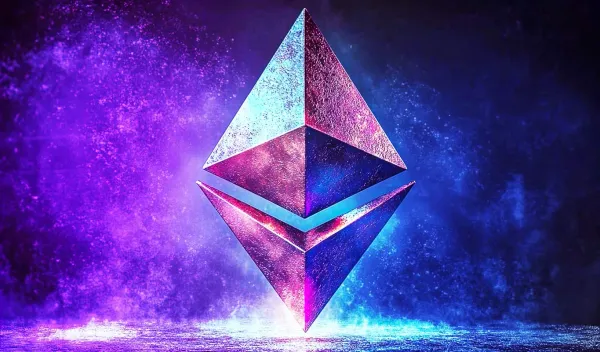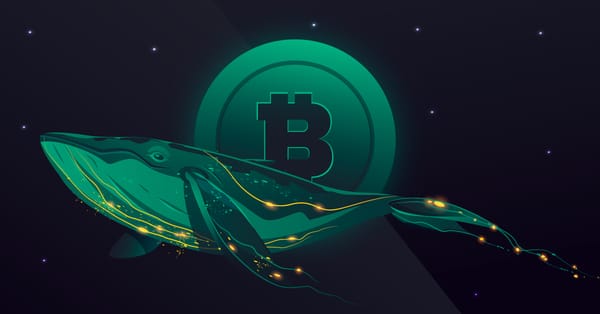Vitalik Buterin Outlines Solutions to Enhance Decentralization on Ethereum

In his latest blog post, Vitalik Buterin highlighted three primary threats affecting decentralization on Ethereum and proposed solutions to address these issues in the near future.

Vitalik Buterin Outlines Solutions to Enhance Decentralization on Ethereum
On May 16, prominent Ethereum developer Peter Szilagyi identified three major issues threatening the current protocol's decentralization: MEV, Liquid Staking, and hardware requirements for nodes. These factors exclude small participants from network validation, concentrating power in the hands of more resourceful entities.
Y'all know why #Ethereum is gonna get its ETF sooner or later? Because everyone is constantly poking at the protocol rules, so you just have to patiently wait and co-opt tiny decisions here and there, before the entire thing can be captured. Then it's just TradFi as usual.
— Péter Szilágyi (karalabe.eth) (@peter_szilagyi) May 16, 2024
"You all know why #Ethereum is gonna get its ETF sooner or later? Because everyone is constantly poking at the protocol rules, so you just have to patiently wait and co-opt tiny decisions here and there, before the entire thing can be captured. Then it's just TradFi as usual." — Péter Szilágyi (karalabe.eth) (@peter_szilagyi) May 16, 2024
Grats @dankrad @peter_szilagyi you got me to interrupt my work on EIPs and make a twitter response that turned into an unscheduled poast 😀https://t.co/mmVaiEV68K
— vitalik.eth (@VitalikButerin) May 17, 2024
Shortly after, Vitalik Buterin posted a blog supporting Szilagyi's viewpoints, affirming that the Ethereum community has long been aware of these concerns. In his article, Vitalik delved into analyzing Szilagyi's raised issues and accompanying solutions to overcome these challenges.
Issue 1: Should MEV Depend on Validators?
In 2020, the concept of Maximal Extractable Value (MEV) emerged, allowing block creators to alter transaction order to maximize their profits.
The issue arises when Ethereum block creation with MEV is no longer "fair": large actors can optimize algorithms to maximize profits, while bad actors can use MEV bots to profit from each block.
To address this, there are two strategies: "MEV minimization" and "MEV isolation." "MEV minimization" aims to develop MEV-free options, reducing transaction visibility for validators. "MEV isolation" accepts MEV but limits its impact by separating transaction selection tasks from validators to protocol builders.
However, MEV will not decrease to zero or near zero. Therefore, combining both solutions with an inclusion list model is necessary:

Inclusion lists operational model
Inclusion lists will only allow validators to select the necessary transactions in a block. Then validators will not optimize transactions; they will only participate in staking, select transactions and accept the highest profits. Arranging transactions will delegate the builders, they can add transactions but not remove transactions from validators to ensure network decentralization, avoid attacks.

This solution will also reduce the risk of bot attacks MEV like stealing 25 million USD from recent brother pairs or setting records of profit MEV of Ethena transactions, because the builders always prioritize the integrity of the protocol over the profit made. Buterin concluded:
“I support these ideas and need to be done so that MEV Isolation can be the best out."
Issue 2: Liquid Staking
Currently in Ethereum protocol, independently of the staking stake of a small, while most of the government through staking staking from from Lido, Pool Network, Rocket Pool or ether.fi.

“I'm be in you, this new culture of the right and how to open from from from is to very much towards, even when he had very negative times toward them in major in the program or system.
I'm really proud that ethereum does not have any culture of trying to prevent people from speaking their minds, even when they have very negative feelings toward major things in the protocol or ecosystem.
— vitalik.eth (@VitalikButerin) May 18, 2024
Some wave the ideal of "open discourse" as a flag, some take it seriously.
Some of this high side of the ideal of open for flag, and the people are the “ — vitalik.eth (@VitalikButerin)





